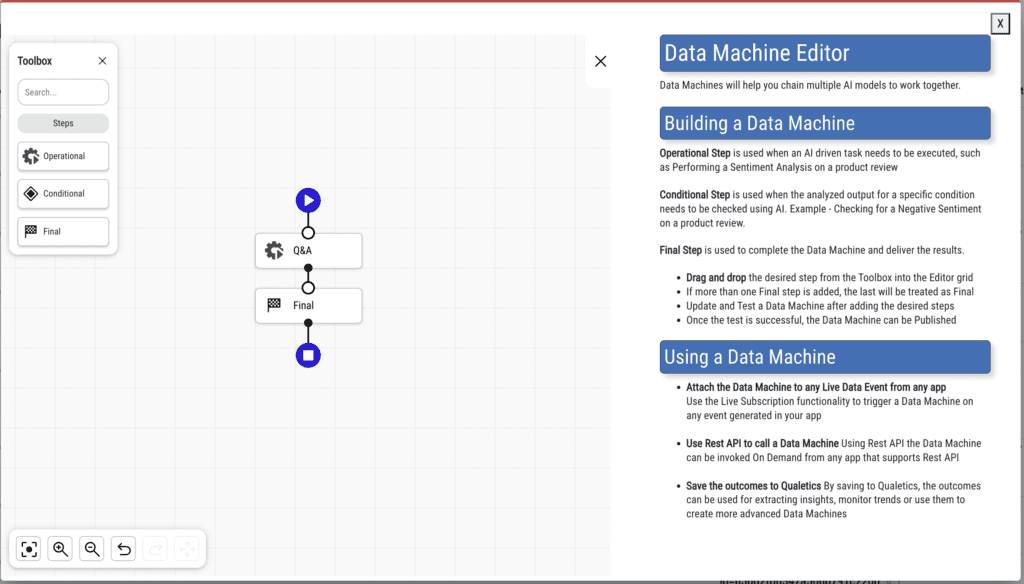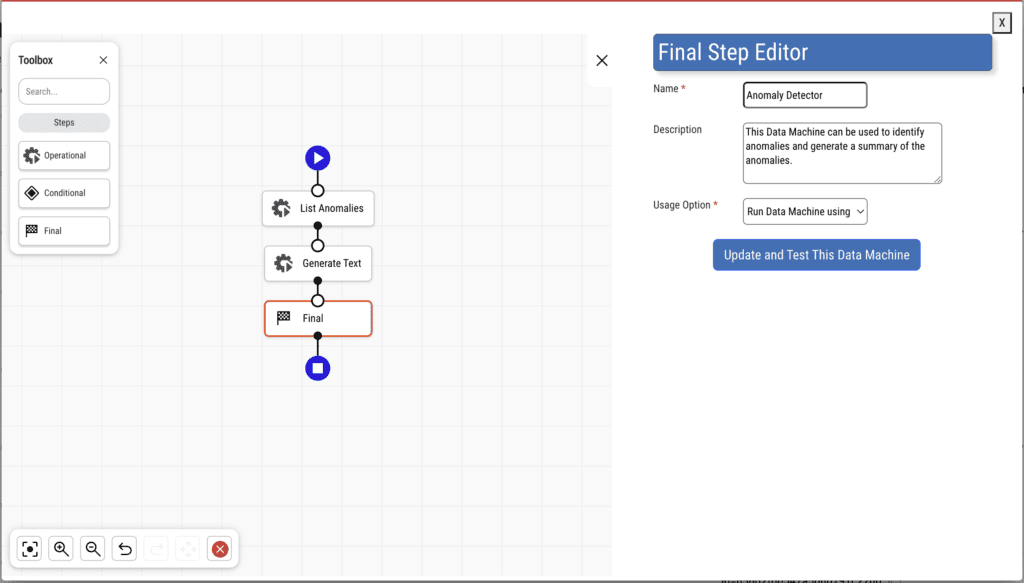How to Build Domain Agnostic AI Solutions?
Traditionally, AI use cases were closely tied to the domains in which a problem needed to be solved using intelligence. For example, in order to build a Disease prediction model which would predict a likely disease when medical symptoms are provided, a model had to be trained on extensive health data to provide reasonably accurate inferences.
The disease prediction AI model might provide accurate responses, when the symptoms are entered accurately without any syntax or grammatical errors. However, consider a scenario where the model has to be deployed in a setting where accuracy of input cannot be guaranteed. Imagine a situation where, a person dealing with a Sinus headache or the caretaker, enters his symptom as “Synus” or “Cynus”. The results of the model cannot be guaranteed unless the disease prediction model also has the same capabilities as a Large Language Model to detect spelling inaccuracies or has to infer the symptom from a user’s general statement like “my head hurts”.
Actually, let’s rephrase that, a disease prediction model should in fact, be able to extract, decipher and infer from user provided input to provide real-world value to patients and healthcare professionals.
Solution
In our previous post, we discussed how to build powerful, self-learning, interoperable Data Machines that can have memory to provide practical benefits of AI. In this post, we will discuss how to build AI solutions that can scale horizontally across various domains.
The example provided above is one of the many situations where an AI model built for a single purpose works great in a pilot environment under controlled conditions, but fails miserably in real world scenarios due to the sheer number of unpredictable variables that it would encounter such as spelling mistakes, uncontrolled inputs and lack of input validation.
In order to counter such failures, every AI model that’s built either needs to have exhaustive capabilities similar to a complex software application or it needs to be able to incorporate capabilities that may fall outside the core subject area but still provide significant value to the outcomes.
Adding Additional Capabilities
Software and Data Science teams have been grappling with challenges for some time where building AI solutions for a domain with domain agnostic capabilities proves to be more than challenging. Data Machines solves that problem by providing a platform where an extensive library of AI models are present which can be used in multiple business domains with equal effectiveness.
The Q&A Model provided as part of the Data Machine model library solves for a need like the above in a Medical setting without any additional effort required by the developer. The data required to automatically train the Q&A model such as symptom dictionaries, past diagnosis and demographic data, can be streamed using the Qualetics SDK so the information presented is always up to date.

Build a Q & A; Data Machine with just one step
Q&A Data Machine with added NLP capabilities
Moving on to a different domain, consider a Data Machine that is built on the Q&A model to provide answers to a FinTech product, with additional language capabilities to handle user inputs along with sentiment/emotion analysis to ensure that users are happy with the answers, extract categories of the question in a structured format and also eliminate any PII from the questions.

Q&A with Additional Capabilities such as Categorization, Sentiment Analysis and PII masking
Similarly for other domains, a Data Machine can also be built for an Ed tech platform, a Medical platform or a Retail product with equal ease.
Anomaly Detection that can summarize findings
Consider the Anomaly detection model that can help identify anomalies with temperature sensor readings in a data center and can also be used to identify anomalies in a patient’s health data diagnostics.
Extending that further, when an anomaly is identified, consider the scenario where the details of the anomaly are extracted and transformed into an easy to understand natural language statement to be served to a professional that can decide on the next best action.
In the example illustrated below, a similar situation is represented. As soon as an anomaly is identified in the readings of a temperature sensor in a data center, the details are extracted and sent in a plain text message.

Detect Anomalies and Summarize the information using the Generate Text model.
This would be an ideal message to a first response team that can triage and escalate to a critical response team.
Solutions like these and many more can be built using Data Machines in a matter of minutes to address multiple AI use cases in a single business domain or combining multi-domain solutions in a single use case.
In our upcoming articles, we will discuss enabling Governance on AI solutions while they are in use and building secure AI solutions.
Please also look out for AI use case series of posts, for articles containing detailed applications for AI use cases solving real world problems.
Sign Up For a Free Trial
To learn more about Data Machines and get started with building your own AI solutions, sign up for a Free trial and start building today.
Sign Up As a Partner
If you’re a Software Development firm looking to rapidly build AI solutions for your customers, Data Machines offer you the best possibilities. Reach out to us here.